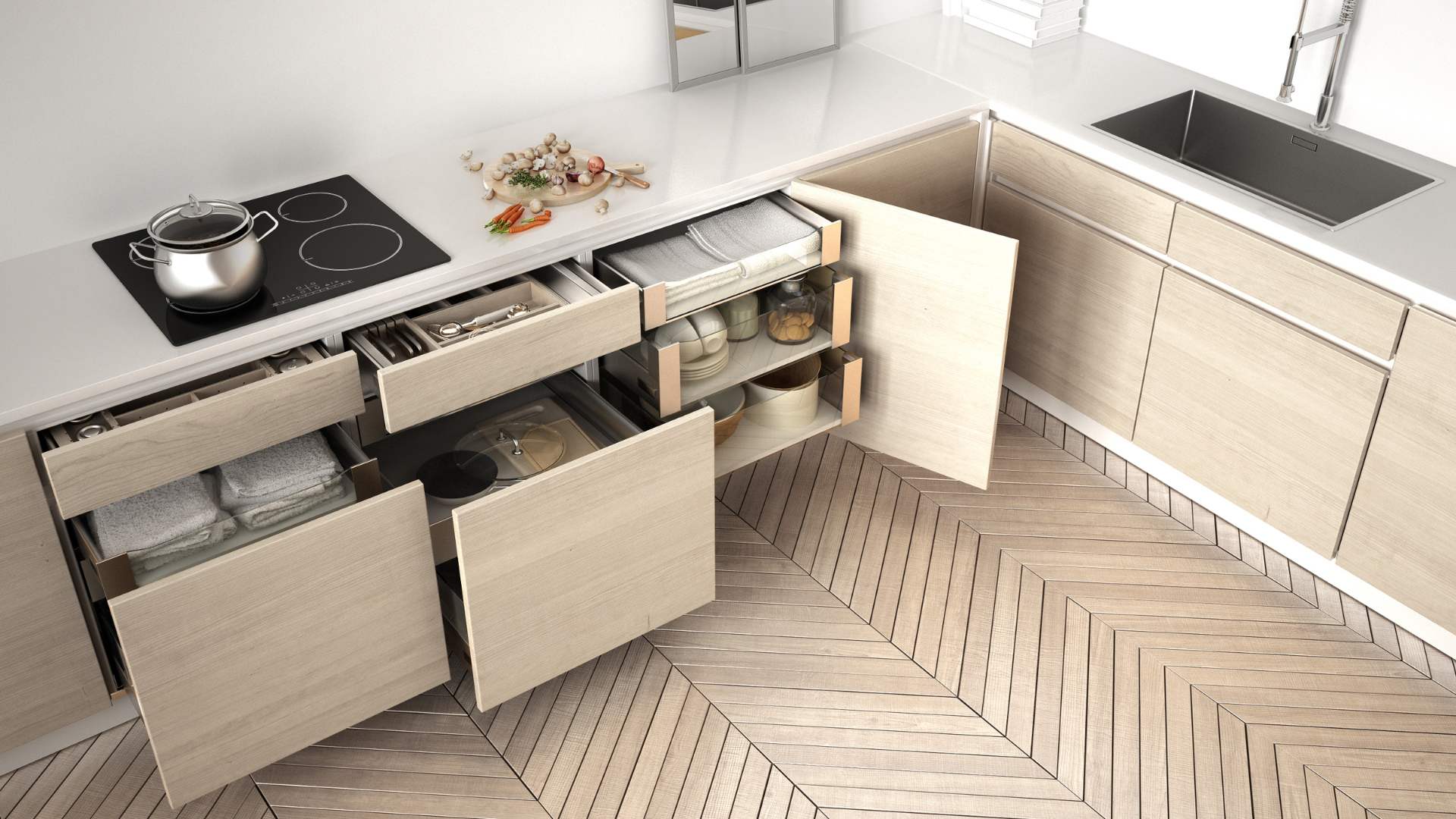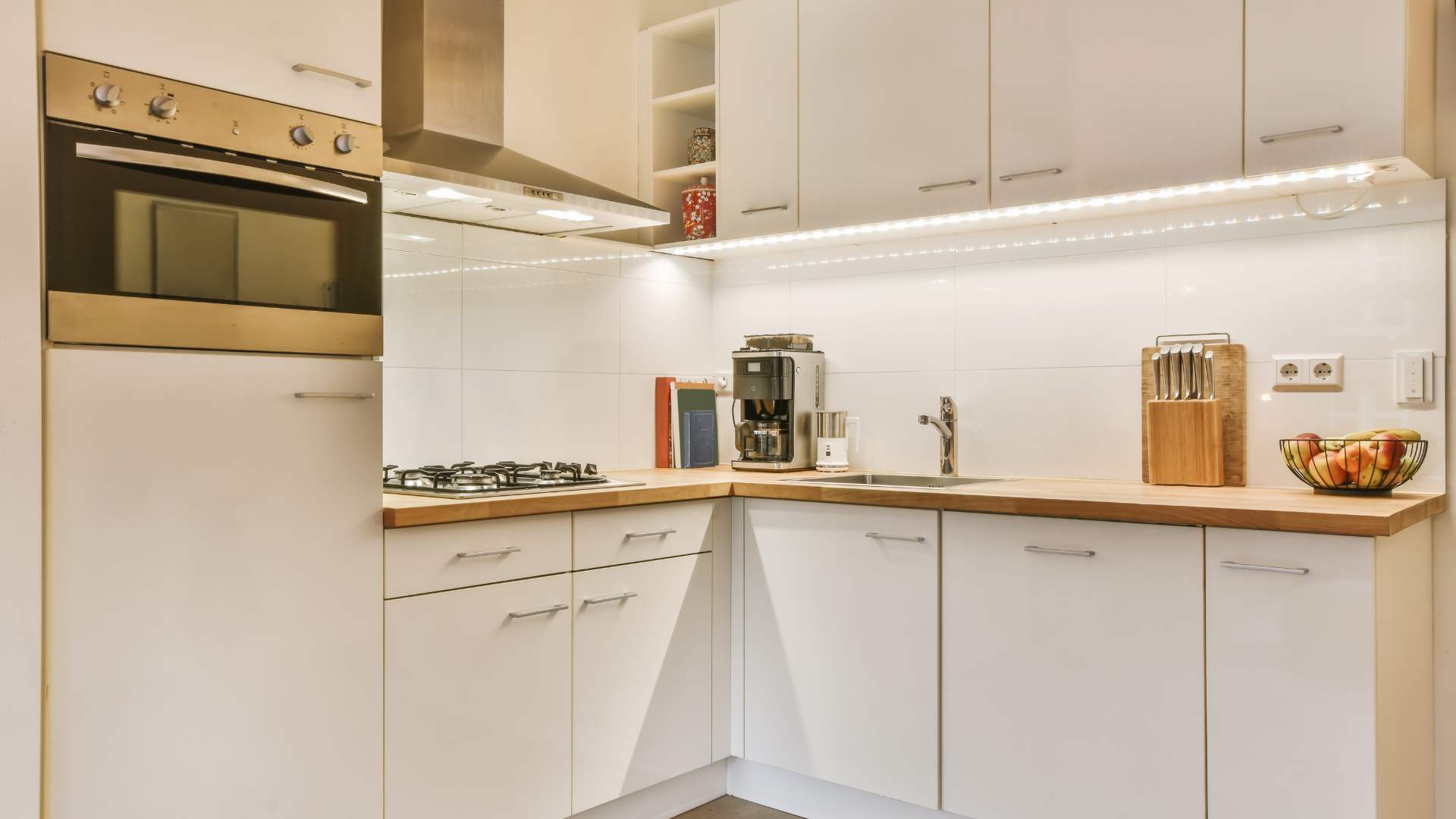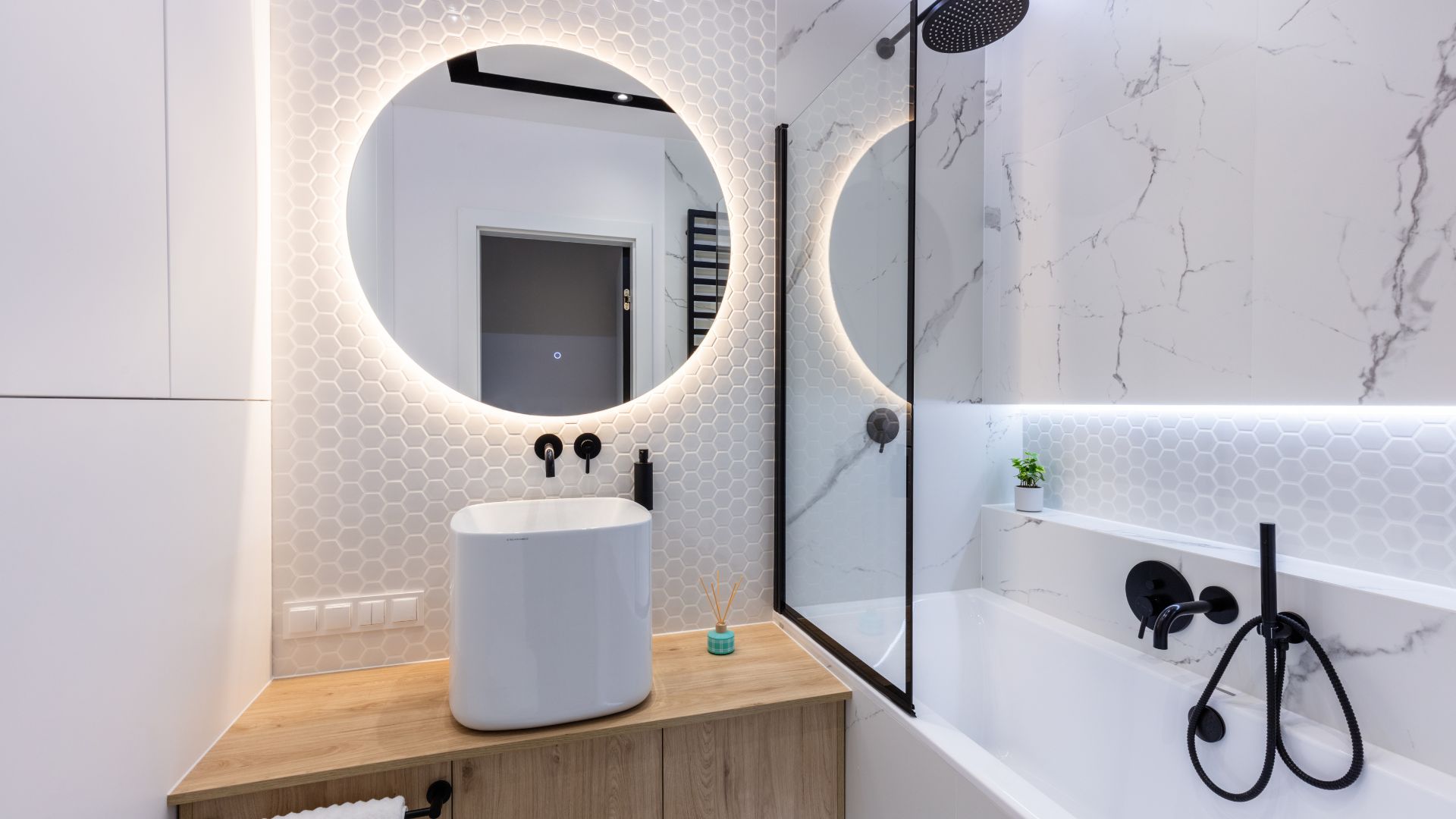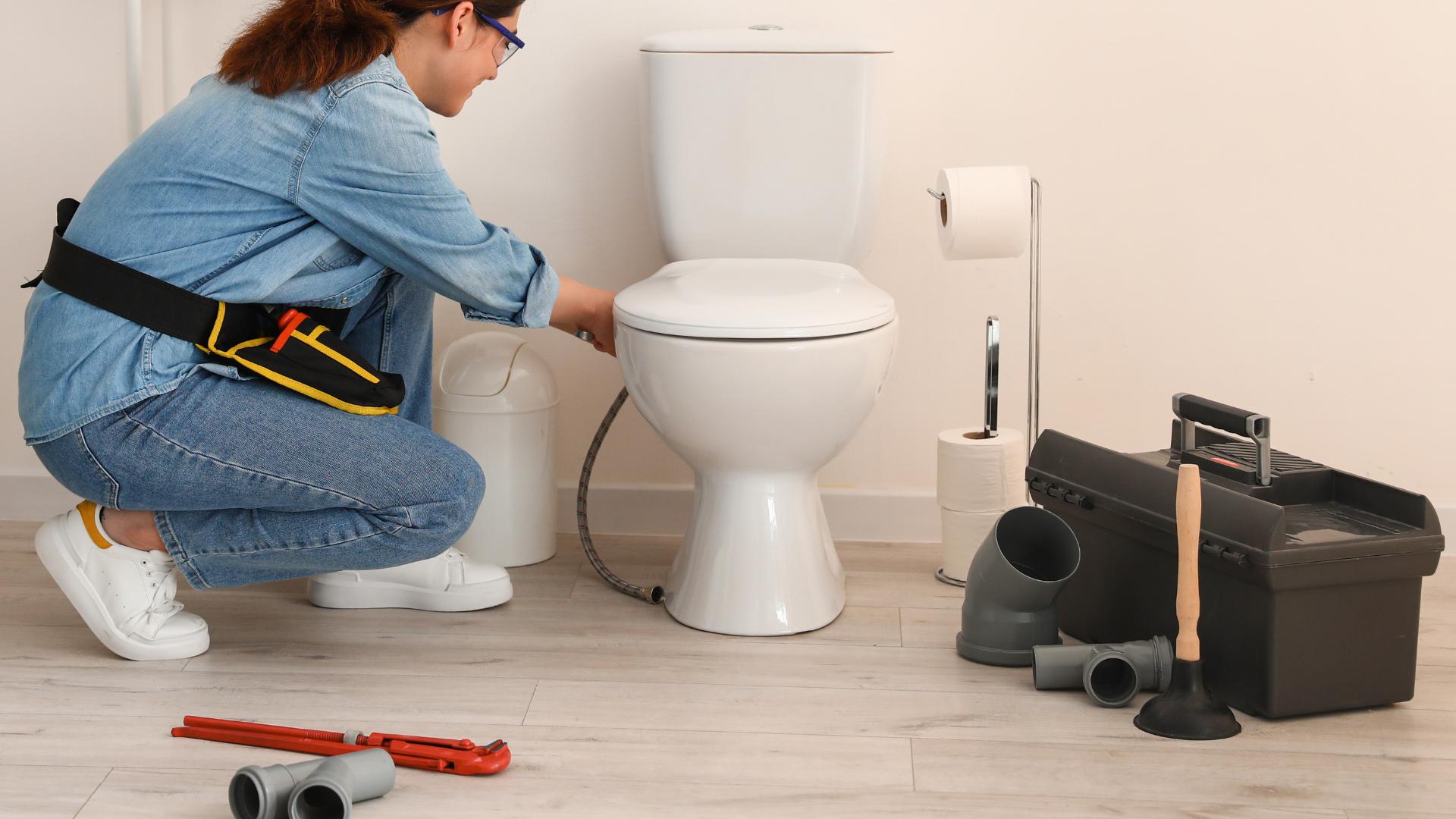Step-by-Step Kitchen Renovation Guide: Mastering Your Dream Kitchen Remodel in 2023
Kitchen remodeling can be a rewarding experience, transforming your home and creating the perfect space for cooking and gathering. Proper planning is crucial for a successful kitchen remodel, ensuring that you stay on track and within budget. In this comprehensive Kitchen Remodeling Guide, we’ll walk you through the step-by-step process of planning and executing a kitchen remodel, covering an extensive range of topics and details.
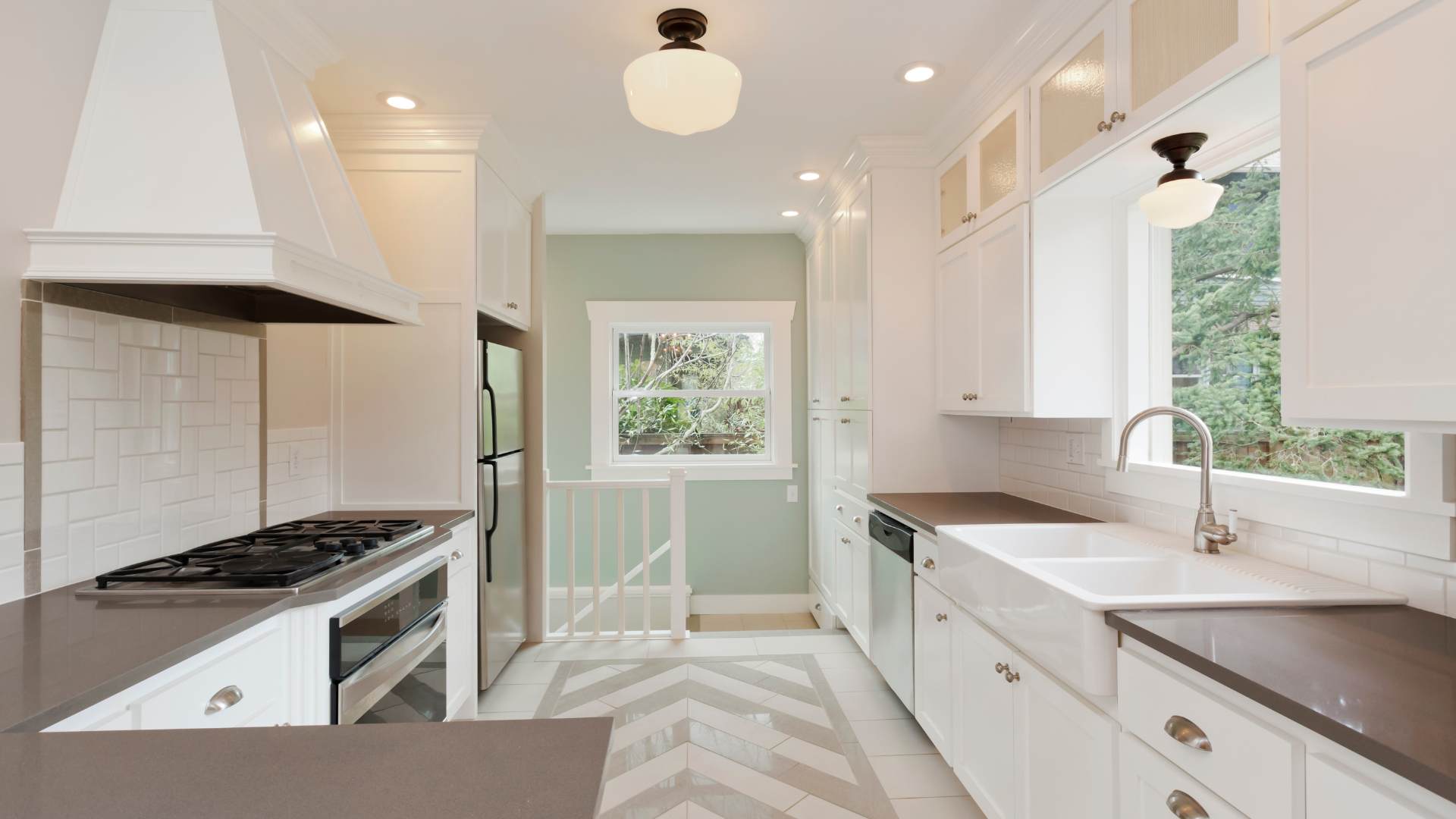
Step 1: Assess Your Current Kitchen
Evaluate the existing layout.
Take a close look at your current kitchen layout and consider the work triangle—the relationship between the refrigerator, stove, and sink. Are these areas arranged efficiently, or is there room for improvement? Observe your workflow and identify any bottlenecks or problematic areas. By thoroughly examining, you’ll gain invaluable insights that inform the redesign process, ensuring that your remodelled space is thoughtfully crafted for optimal comfort and ease of use.
Determine your needs and priorities.
Consider your lifestyle and cooking habits by creating a list of must-haves and nice-to-haves for your new kitchen. Balance style with function to ensure the space is both visually appealing and practical. Consider the needs of everyone who uses the kitchen regularly, including family members and guests, when planning the space.
Step 2: Set Your Budget
Determine your budget range.
Deciding on a realistic budget for your remodel is essential. Allocate funds for different aspects of the project, such as cabinetry, appliances, and labour. Also, account for unexpected expenses that may arise during the process, like electrical or plumbing issues. A good rule of thumb is to reserve 10-20% of your budget for contingencies.
Prioritize spending
Focus your spending on the essential elements of your remodel first and make cost-effective choices to stay within budget. Invest in high-quality materials and labour for areas that will see heavy use, such as countertops and flooring, while potentially saving on less critical items like decorative hardware or accent lighting.
Step 3: Find Inspiration and Design Ideas
Browse design websites and magazines.
Peruse design websites, magazines, and social media to collect images and ideas for your dream kitchen. This research will help you refine your vision, identify trends, and become familiar with different styles and materials. Create a digital or physical mood board to organize your favourite ideas and images.
Visit showrooms and home improvement stores.
Exploring showrooms and home improvement stores lets you see and touch different materials and finishes firsthand. Speak with professionals in the industry for advice on what works best for your needs and budget. Take samples home when possible to see how your space looks under various lighting conditions.
Step 4: Choose Your Kitchen Layout
Consider different layout options.
Investigate various kitchen layouts, such as L-shaped, U-shaped, galley, and open-concept kitchens. Each layout has its pros and cons in terms of efficiency, aesthetics, and how it interacts with adjoining spaces. Determine which layout best fits your needs, available space, and design preferences.
Optimize the work triangle.
An efficient work triangle ensures seamless workflow and functionality. Aim to create a kitchen layout that minimizes the distance between the refrigerator, stove, and sink while avoiding obstructions. It’s also essential to consider counter space, storage, and traffic flow when refining your kitchen layout.
Step 5: Select Materials and Finishes
Cabinetry
Cabinetry plays a vital role in your kitchen’s overall look and functionality. Choose between custom, semi-custom, and stock cabinets based on your budget and needs. Research different materials and finishes to find a style that complements your overall design. Consider features like soft-close drawers, pull-out shelves, and other functionality-enhancing add-ons.
Countertops
Countertop options include materials such as granite, quartz, marble, laminate, and butcher block. Each material has pros and cons in terms of maintenance, durability, and appearance. For instance, while granite and quartz offer excellent durability and low maintenance, they can be costly. On the other hand, laminate countertops are more budget-friendly but may be less durable.
Flooring
Choose a durable, kitchen-friendly flooring material that suits your design and lifestyle. Popular flooring options include hardwood, tile, laminate, and luxury vinyl. Each material has its advantages, like the warmth and beauty of hardwood or the water resistance of vinyl, so consider factors such as foot traffic, spill-prone areas, and your budget.
Backsplash
Your choice of backsplash plays a crucial role in the overall aesthetic of your kitchen. Select a material and design that balances style and function while complementing your chosen countertops and cabinetry. Popular materials include tile, glass, stone, and metal, each offering unique design possibilities and varying degrees of maintenance requirements.
Step 6: Hire Professionals or DIY
Hiring a contractor or designer
Working with professionals offers benefits such as expert advice and quality work. Ask for recommendations from friends, family, or colleagues, and read reviews to find the right team for your project. Consult with professionals early in the planning process to benefit from their experience and expertise.
DIY considerations
If you’re experienced and confident in your remodeling skills, a DIY approach might be right for you. Be realistic about your abilities and resources, and remember that DIY projects may take longer than a professional remodel. Carefully weigh the trade-offs between time, budget, and the complexity of the project when deciding between DIY and hiring professionals.
Step 7: Choose Appliances and Fixtures
Appliances
Select energy-efficient appliances that match your design style and suit your cooking needs. Consider options such as a gas or induction cooktop, a double oven for multitasking, or a smart refrigerator with added features. Don’t forget to research the dimensions and installation requirements of new appliances to ensure a seamless fit in your kitchen layout.
Fixtures
Choose faucets, sinks, hardware, and accessories that blend form and function, complementing your overall kitchen design. Research sink materials such as stainless steel cast iron or composite granite, and consider ergonomic features, such as touchless faucets or pot fillers. Don’t be afraid to use hardware as an opportunity to make a statement or add a touch of luxury.
Step 8: Plan Kitchen Lighting
Ambient lighting
Proper lighting is crucial for both aesthetics and functionality. Plan for general lighting options, such as recessed lights, flush-mount fixtures, or chandeliers, to provide even illumination throughout your kitchen. Layered lighting helps create a comfortable, inviting atmosphere.
Task lighting
Incorporate task lighting to illuminate workspaces, using under-cabinet and pendant lighting for optimal visibility. Having well-lit areas around the stove, sink, and countertops makes cooking and cleaning tasks easier and more enjoyable.
Accent lighting
Accent lightings, such as LED strip lights or in-cabinet lighting, adds depth and visual interest to your kitchen. Use accent lights to highlight design features, showcase open shelving or glass-fronted cabinets, or create a focal point by illuminating a beautiful range hood or unique backsplash.
Step 9: Execute the Remodel
Create a timeline
Coordinate with contractors and suppliers to develop a timeline for your project. Establish milestones and deadlines, taking into account potential delays due to material availability, permitting, or other unforeseen challenges.
Prepare for construction
Before the remodel begins, clear out your kitchen and set up a temporary kitchen space to maintain functionality during construction. Move essential appliances, utensils, and non-perishable foods to an alternate location, making it easier to cook and eat at home during the remodel.
Monitor progress
Stay in regular communication with your remodeling team, addressing any concerns or issues promptly to keep the project on track. Regular site visits allow you to monitor progress, ask questions, and stay involved throughout the remodeling process.
Step 10: Enjoy Your New Kitchen
Inspect the final results.
Once the remodel is finished, carefully inspect the space to ensure everything meets your expectations and specifications. Test all appliances, fixtures, and systems to confirm their proper function.
Organize and personalize
Arrange your new kitchen for efficiency and comfort, including organizing cabinets and drawers for optimal workflow. Add personal touches and decor, such as artwork, window treatments, or plants, to make the space uniquely yours.
By following this step-by-step Kitchen Remodeling Guide, you’ll be well-prepared to tackle your project and create a stunning, functional kitchen tailored to your needs and preferences. Enjoy the transformation and the many memories you’ll create in your new, inviting space. Happy cooking!
At our award-winning kitchen and bathroom renovation company, we pride ourselves on providing the highest quality bath and kitchen remodeling services. We are providing our services in Richmond Hill, Vaughan and nearby areas. Our experienced team is dedicated to creating spaces that combine style, function, and comfort. By choosing us for your renovation project, you’re not only investing in exceptional results but also in the unparalleled customer care that has earned us our outstanding reputation. Don’t miss out on the opportunity to elevate your home and enhance your lifestyle—book a free, no-obligation quote with us today and embark on the journey toward your dream kitchen and bathroom.



